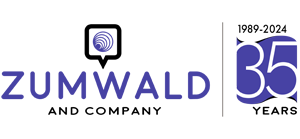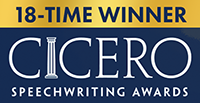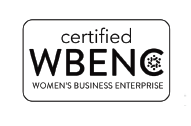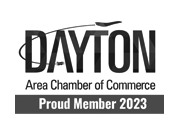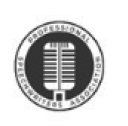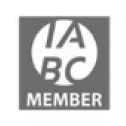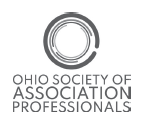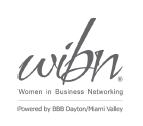Executive communication coaching for DE&I: Is your strategy up to par?
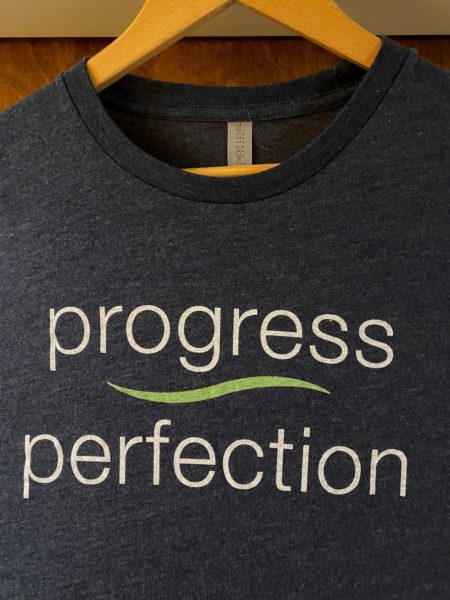 Are you doing what the best organizations are doing with their DE&I communications? Here’s some executive communication coaching to help you find out by testing your DE&I speeches and other executive communications against three secret ingredients.
Are you doing what the best organizations are doing with their DE&I communications? Here’s some executive communication coaching to help you find out by testing your DE&I speeches and other executive communications against three secret ingredients.
I have a T-shirt I got a couple of years ago during an Aileron workshop for entrepreneurs that reads “progress over perfection.”
It’s a gentle nudge for business owners who might get hoodwinked into waiting until every last little thing is perfectly in place before moving ahead with a new idea, product or service.
Instead, we’re reminded, the better route is always to keep going to keep advancing.
Progress over perfection is the essence of the first of three secret ingredients for communicating diversity, equity and inclusion (DE&I) that DE&I expert Neil Griffiths says executives must apply if they want to do a better job with their DE&I communications.
Progress over perfection means Communicate Now, an executive communication coaching strategist would say.
And always with some amount of urgency.
Do not wait.
“Organizations have this wonderful habit of waiting until they’ve got that perfect or polished product before they release it,” says Griffiths, “(waiting until) they find the amazing solution to the big issue that they’re facing before they’ll tell anybody about it.
“But here’s the thing with DE&I: That will not work.”
That’s because employees expect information about what you’re doing, he says. They expect you to be forthcoming about issues that matter.
And DE&I is one of them.
Griffiths knows. He’s the global head of DE&I at Environmental Resources Management, the world’s largest sustainability consultancy based in London. In that role, he’s responsible for the company’s DE&I strategy and engagement plan.
At the 2021 International Association of Business Communicators (IABC) World Conference in June, Griffiths offered some executive communication coaching advice when he spoke about what the best companies are getting right in their DE&I communications.
Shooting for progress over perfection – communicating now – is critical.
“When it comes to communicating on DE&I, it’s the journey that counts the most. (Employees) want to see the progress and hear about the things that organizations are working on to reassure them that you’re serious about the commitment to action. So this idea about waiting until it’s finished is a really bad idea when it comes to communicating on DE&I.”
 Since I’ve been writing speeches for a DE&I leader at a company here in the U.S., I took a look at our work and applied Griffith’s advice as a check-in to see how we are doing with these DE&I communications.
Since I’ve been writing speeches for a DE&I leader at a company here in the U.S., I took a look at our work and applied Griffith’s advice as a check-in to see how we are doing with these DE&I communications.
I started with a speech we put together a few months ago for a national virtual event held companywide.
Around the time of that virtual event, the company was right in the midst of finalizing its first-ever DE&I strategy and making plans for a formal, companywide rollout the next month.
But here’s the rub:
All of the company’s messaging for the DE&I strategy wasn’t perfect.
And yet?
We made the decision to Communicate Now – to tease out crucial elements and expectations of the DE&I strategy – including the company’s new, bold vision for DE&I – and include news about this progress in that speech, ahead of the official, companywide rollout.
We decided not to wait.
We chose progress over perfection because we knew the employees deserved to know what the organization is doing in DE&I.
In fact, they expect to know, Griffiths says.
Executive communication coaching tip: Find New Voices
 His second secret ingredient for communicating DE&I is the challenge to Find New Voices. That means thinking differently about your sources and the voices involved in your DE&I communication.
His second secret ingredient for communicating DE&I is the challenge to Find New Voices. That means thinking differently about your sources and the voices involved in your DE&I communication.
“Having leaders lead and be visible in DE&I is hugely important. But top-down must not be the only way. In my case, I’m still the global head of DE&I, (but) if it’s just me on the airwaves all the time, we’re losing a huge opportunity to feature other real stories and hugely diverse perspectives.”
Time for another check-in of our own work. I recalled the discussion I’d just had ahead of another speech underway for my DE&I leader – this time for a virtual event to recognize and celebrate Hispanic Heritage Month.
During our discussion, this leader and I had brainstormed plenty of ideas about our theme and our message.
But we had gaps.
To make this speech resonate, I knew we needed insights from Hispanic and Latino associates about their lived experiences at the company.
I needed to talk to real people and hear real voices – fresh voices and fresh perspectives – to make this DE&I speech stronger.
My DE&I leader gave me a few ideas about who to talk to.
One associate I spoke with in particular felt humbled to be given the opportunity to share his story.
After a little encouragement during our one-on-one discussion, we talked openly about labels, the danger of being lumped into a homogenous cultural bucket and what it feels like when others make assumptions about certain groups of people.
He was candid, authentic and transparent with his answers to my sometimes-hard questions because he knew I was listening to him, seeking to truly understand what it was like to walk in his shoes.
Thirty minutes turned into 60. And we could have talked far longer.
When you make space for new and diverse voices, Griffiths says, it helps to show that “you’re elevating the conversation around DE&I, and it creates that connection between the commitments you’re making, and the communities inside and outside the organization.”
Executive communication coaching tip: Focus on Connection
 Creating connection is the segue to the third secret ingredient for communicating DE&I, and that is the challenge to Focus on Connection, says Griffiths, which is all about celebrating difference – but not at the expense of what brings us together.
Creating connection is the segue to the third secret ingredient for communicating DE&I, and that is the challenge to Focus on Connection, says Griffiths, which is all about celebrating difference – but not at the expense of what brings us together.
“One of the central tenets of any inclusion strategy is about how you create belonging across groups of people who are inherently different to one another. Really successful organizations do that by recognizing and celebrating being different … but what you can often see happening is that people end up remaining focused on their differences.
“(Leaders) might not be thinking about the things that they might share or how they might actually be similar and get sort of locked into this view that the other person is actually different than them. When that’s happening, they’re not really exploring what brings them together.”
That was a challenge I faced as I worked to come up with a unifying theme for my DE&I leader’s remarks in honor of Hispanic Heritage Month.
I knew I needed a thread to connect thousands of employees watching and listening in our virtual audience.
What words could I use to help everyone focus on connection?
As it turned out, the unifying theme that emerged was right in front of me, buried in my notes.
It came from a favorite song that my DE&I leader had mentioned to me only in passing.
So I listened to it on YouTube, and it stuck with me.
Once I heard it, I knew right away that the name of this song, the refrain of this song – indeed, actually playing this song at the start of the speech – would bring everyone to the table and open their minds to hearing the leader’s words. (After a little more research, I discovered that the song’s fascinating backstory would further reinforce our unifying theme.)
Music, of course, is a great connector.
Scientists say it helps people’s brains synchronize and leads to social cohesion, such as teamwork.
Which is exactly what we are going for.
“If you don’t seek to bring people together in some way through your communication, these gaps that are emerging in your organization can get bigger,” warns Griffiths.
One way to bridge these gaps is by starting with the company’s values, which are a good way to create connection.
“When you get DE&I right, and the communication around DE&I, I think you can really bring your values to life and show that you’re really living them out.”
For example, if a company says it values tolerance, respect and acceptance, “it’s very difficult for individuals … to not offer those things to the LGBTQ+ community,” whose rights are being restricted in certain parts of the world.
If you talk about company values being predominant, you can use those “as a platform for bringing people together and creating that safe space for everybody,” he says.
Executive communication coaching wrap-up: Measure your own DE&I communications
If you are an executive who wants to do a better job with your DE&I communications, do what I did.
Test your most recent speeches or other executive communications against Griffiths’ three secret ingredients for communicating DE&I:
- Communicate Now
- Find New Voices
- Focus on Connection
And do what the best organizations in the world are doing to get their DE&I communications right.
